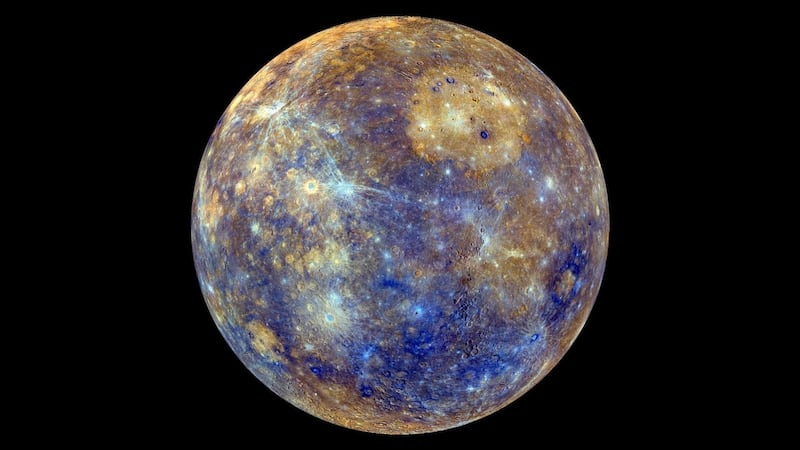A European-Japanese spacecraft set off on a treacherous seven-year journey to Mercury to examine the solar system’s smallest and least-explored planet.
The BepiColombo mission, only the third ever to visit Mercury, blasted off from Europe's spaceport in French Guiana aboard an Ariane 5 rocket at about 1.45am Irish times on Saturday , the Japan Aerospace Exploration Agency (JAXA) said.
“Launching BepiColombo is a huge milestone for ESA (the European Space Agency) and JAXA, and there will be many great successes to come,” ESA director general Jan Woerner said. “Beyond completing the challenging journey, this mission will return a huge bounty of science.”
Few spacecraft have visited Mercury because of the planet’s proximity to the sun - less than 60 million km away compared to Earth being some 150 million km away - which makes any trip there challenging.
Surface temperatures on the planet can reach highs of more than 400 degrees during the day and drop to minus 170 degrees at night.

Mapped
Nasa’s Mariner 10 probe, launched to Mercury in 1973, mapped around 45 per cent of the planet’s surface, and its Messenger mission took off in 2004 to complete the survey.
BepiColombo, named after 20th century Italian mathematician and Engineer Giuseppe (Bepi) Colombo, will slingshot off the Earth’s gravitational field 1½ years after launch before picking up speed on its journey. It will fly past Venus twice and then fly by Mercury six times before slipping into its orbit around December 2025.
At that point, it will release two separate spacecraft it is carrying, ESA’s Mercury Planetary Orbiter (MPO) and JAXA’s Mercury Magnetospheric Orbiter (MMO).
MPO will then study Mercury’s surface and internal composition, to determine the planet’s iron content and examine why its core is partially liquid.
JAXA’s Mercury Magnetospheric Orbiter (MMO) will collect data on the planet’s magnetosphere.
Both orbiters will study the planet for one year, with scope for possible one-year extension. - Reuters











